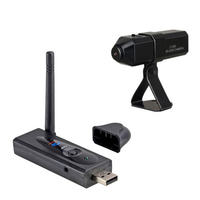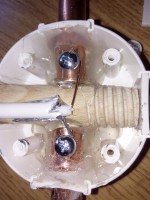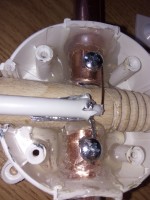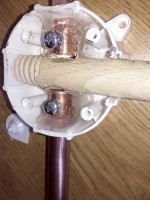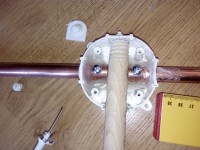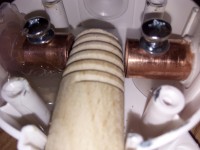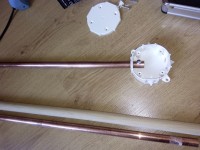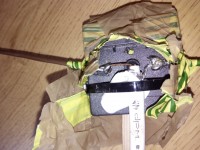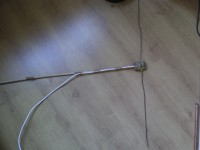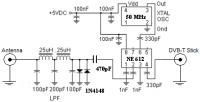Hello gentlemen, on Sunday morning I decided to go to work after yesterday's shopping, for comparison, I attach photos of the previous antenna made quickly

And here, to my surprise, this 1 structure received much better reception, I mean it also receives a much weaker signal and maybe I have a higher gain on this one, I have 8.7 dB. From what my colleague Kamilo noticed that he has just behind the can, such as a coil made of a wire, maybe this is the reason? It seemed to me that thicker tubes had more copper surface to receive

The last two photos, the 1st construction, the next one, is the 2nd construction, I will add that the tubes are 50 cm long and the 1st construction is 48 cm, which is typical for the strip. It is mounted exactly in the same place and yet the reception is worse and I suppose the distance is probably shorter, but after 15 minutes it's hard to say.
I checked with a meter and the transition is from the tube on the plug and there is no short circuit.



